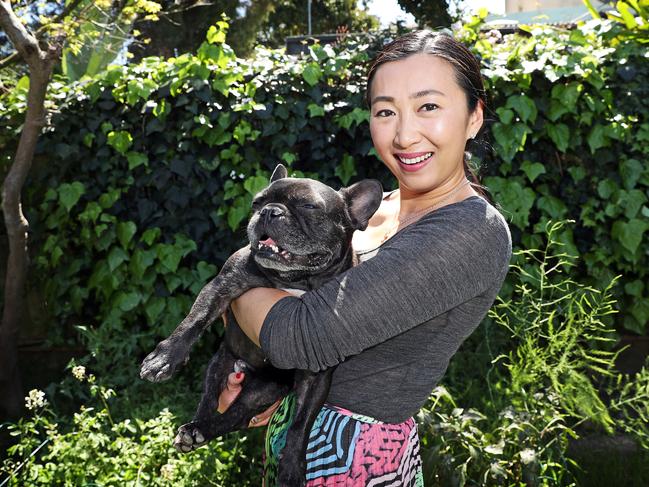How to score a great deal on pet insurance
Consumers have often complained about pet insurers’ high costs and frustrating policy exclusions. But these simple tips can help.
SmartDaily
Don't miss out on the headlines from SmartDaily. Followed categories will be added to My News.
Pet insurance has sometimes copped some ruff reviews from consumers angered by costs and policy exclusions, but there are ways to prevent financial frustration.
A new analysis by comparison website Mozo.com.au suggests the most important strategy is to avoid signing on a policy without checking what other insurers charge.
“We compared 133 policies from 31 different brands and found by shopping around you can save up to $1,857 on comparable policies,” says Mozo director Kirsty Lamont.
She says premiums vary based on an insurer’s exposure, and if they have paid out many claims for a particular breed that will probably push the price up.
“It pays to work out which insurer is offering the best value.”

Mozo found the most expensive breeds to insure are Bull-mastiffs, French Bulldogs and British bulldogs, with average annual premiums above $1450. Insuring a Bull-mastiff costs between $930 and $2788 depending on the insurer.
The cheapest dogs to insure include Border Collies and Cavoodles, costing less than $700 annually.
Lamont says consumers should research a pet breed’s health issues and ensure the policy covers dental, scans, hip surgery, tick paralysis and hospital emergency boarding.
“Our research has found only 21 per cent of pet insurance policies cover dental, so it’s important to read the fine print,” she says.
Some insurers have reported a rise in pet insurance policies during COVID-19 as pet owners spend more time at home with their furry friends.
Maria Sun, 34, is planning to buy pet insurance soon for her French Bulldog Hugo.
“Given his particular breed, it’s a financially prudent decision for the long term,” she says.
Sun says French Bulldogs can sometimes have breathing problems caused by their “squished-in faces”.
“They’re a stocky breed, and sometimes their little bones can’t support their weight, particularly if they have had too many pies,” she says.
Pet Insurance Australia spokeswoman Nadia Crighton says people should read an insurer’s product disclosure statement and become familiar with caps, waiting periods, limits and how it deals with pre-existing conditions.
“Do your research,” she says. “Check out reviews and social media to get a good feel on customer service and policies.”
MORE NEWS:
How to make a classic chocolate cake for just $2
How to win a four-day work week
Easy ways to make big bucks from record low interest rates
Home smart locks: What you must know
Crighton says age can be an issue with some insurers and says consumers should check what happens with a policy as their pet gets older.
“It’s a good plan to sign up early when your pet is young,” she says.
“If your pet has already had an illness, for example cancer, before you take out your insurance you will not be covered for this particular illness.
“Sadly many pet owners do not understand how much pet insurance can help until they have a sick or injured pet,” she says.
Pet Insurance Australia had dealt with claims for cruciate ligaments costing up to $7000, foreign bodies costing up to $12,000 and intervertebral discs costing up to $10,000.
“Some of our highest claims show that popping $10 away a week will simply not cover the costs,” Crighton says.
DON’T GET BITTEN BY PET INSURANCE
• Know the health issues that may affect your pet before you compare policies.
• Read the insurer’s product disclosure statement and ask questions if you don’t understand the wording.
• Check the policy’s annual benefit limit – you want at least $6000.
• Insure pets when they are young to avoid missing out on cover for pre-existing issues.
• Avoid poor-quality policies that are packed with exclusions.

